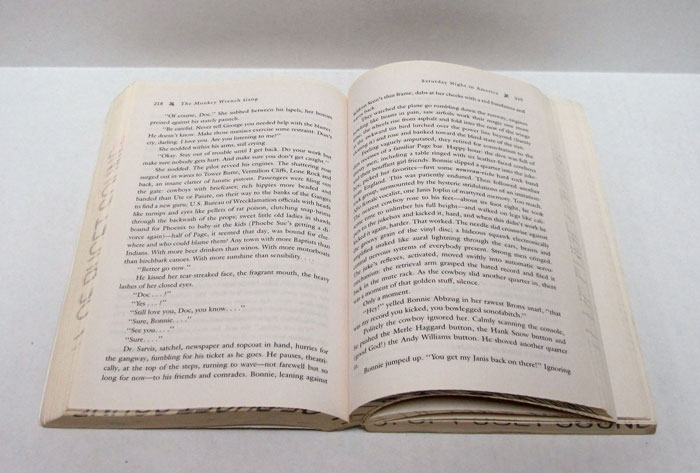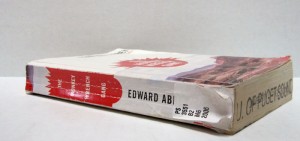1977: The Hite Report: A Nationwide Study of Female Sexuality
Author: Shere Hite
Find it in Collins Library!
This landmark publication heralded a new freedom in expression: “Women ages 14 to 78 describe in their own words their most intimate feelings about sex with a new cultural interpretation of female sexuality.” This book reflects women’s thoughts and views about sexuality in a series of personal narratives and stories based on responses to a questionnaire sent to over 3,000 women.
The Hite Report was on the top of the New York Times bestseller list for weeks and sold for just $2.75. Reviewed in Library Journal in 1978, Jo Ann Brooks from the Institute of Sex Research at Indiana University, Bloomington, stated: “This is the most interesting look at female sexual response, presented by women themselves.” Library Journal; 7/1/1976, Vol. 101 Issue 13, p1538, 1/8p
While The Hite Report was criticized for its weak methodological basis, it did foster an open and often controversial dialogue on sexuality and opened the way for more advanced research in this area. What is Hite doing now? Learn more by visiting her web site.
From the Hite Web site:
The report went on to sell more than 50 million copies. Hite followed it up with a book on male sexuality, in which she addressed the enormous pressure to perform that modern society puts on men. She believes performance-enhancing drugs such as Viagra only compound the problem. But this olive branch proffered to insecure males didn’t slow down the hate campaign that was building momentum, and culminated in a Time magazine hatchet-job that prompted several prominent feminists to rush to her defence. Hite married a German pianist, Friedrich Horicke, 19 years her junior, in 1985, and in 1995 she renounced her US citizenship and took up citizenship of her husband’s home country. The marriage lasted 15 years, but Hite’s love affair with Europe – the place she feels her ideas were more accepted – continues. She has lived in Berlin and Paris, and now lives in London.
As she approaches 70, Hite is still unafraid of stirring up controversy. In 2006, she published the Shere Hite Reader: New and Selected Writings on Sex, Globalisation and Private Life . She still lectures on sex and sexuality, and is currently writing a screenplay of her own life. Her mother was 16 when Hite was born, and she was raised by her grandparents, taking her stepfather Raymond Hite’s surname when she was older. She has no children, but wouldn’t rule it out yet, she recently told the Guardian , saying that older mothers were unfairly stigmatised.

























